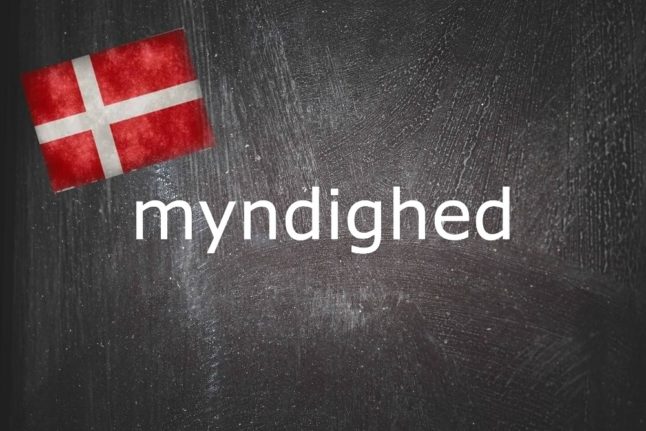What is gåseøjne?
A gås is a “goose” (like the English word, it has an irregular plural: gæs is the Danish word for “geese”).
Øjne, meanwhile means “eyes” and is itself an irregular plural of øje, “eye”.
The two words together make the compound noun gåseøjne, which literally means “goose eyes” as you’d expect from the above. However, it also means “quotation marks” or “speech marks”.
It’s difficult to find a clear explanation for this odd use of an animal’s body part to describe punctuation.
Written Danish, particularly literature, often uses punctation marks termed Guillemets (also known as pointed characters) instead of the single or double quote marks seen in English. So “quote” would be written in Danish as »citat«, for example. Although it’s not the same spelling, a Guillemot is the name of a species of sea bird, giving us another avian connection.
A 2013 article by Kristeligt Dagblad states that “at one time, in weaving, a pattern was made that looked like goose eyes, and it is these patterns that inspired (the term for speech marks)”.
Another possible explanation, the article continues, is that quote marks are “punctuation that of themselves are empty, bringing us back to the notion that geese are stupid and empty-headed”.
Why do I need to know gåseøjne?
There are two other words also used in Danish to describe speech or quote marks. These are anførselstegn and citationstegn. Like in English, they are used as punctuation to mark speech, quotes, or a phrase in text.
Gåseøjne is probably the most common of the three words in spoken Danish and it’s common to hear it in speech where someone, if they were saying the same thing in English, might use the “air quotes” gesture (holding up the forefinger and middle finger of both hands and wagging them) to indicate speech marks in a sentence. Hopefully, the examples below will illustrate this.
Examples
Det burde ikke gå ud over almindelig mennesker, altså i gåseøjne, når man hæver topskatten.
It shouldn’t have a negative effect on [speech marks] normal people when the top tax rate is raised.
Christian sagde, han skulle sidde på en bar hele aftenen for at studere (i gåseøjne).
Christian said he was going to spend the whole evening “studying” at a bar.



 Please whitelist us to continue reading.
Please whitelist us to continue reading.
Member comments